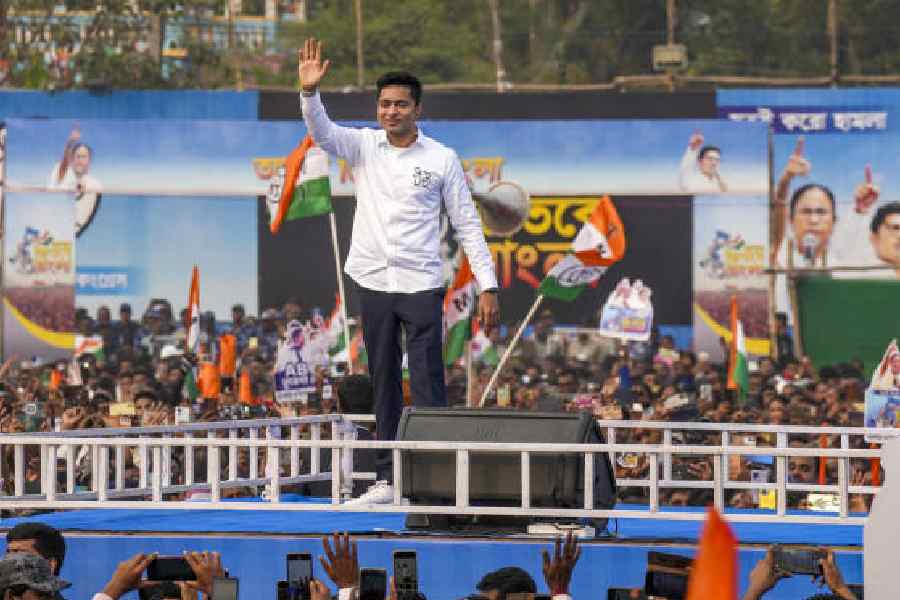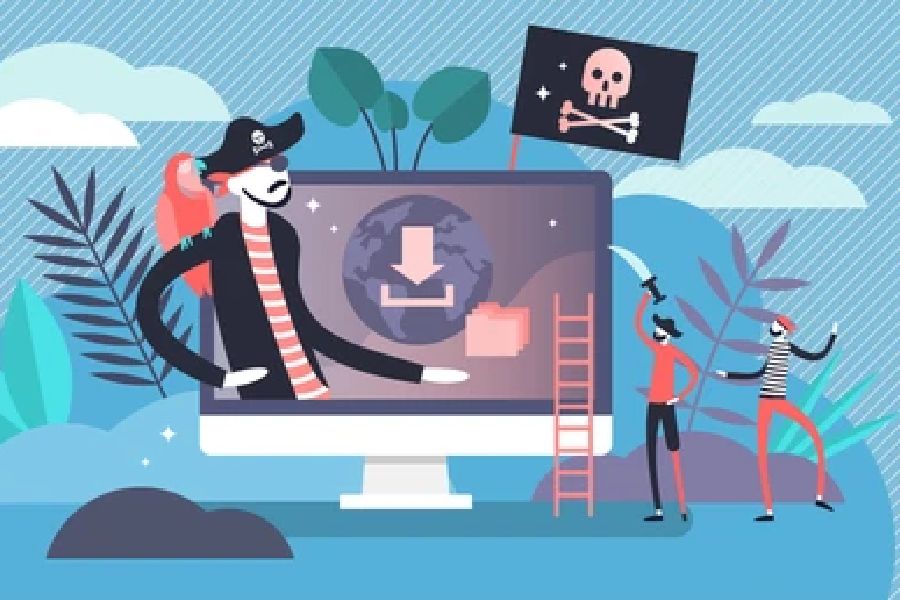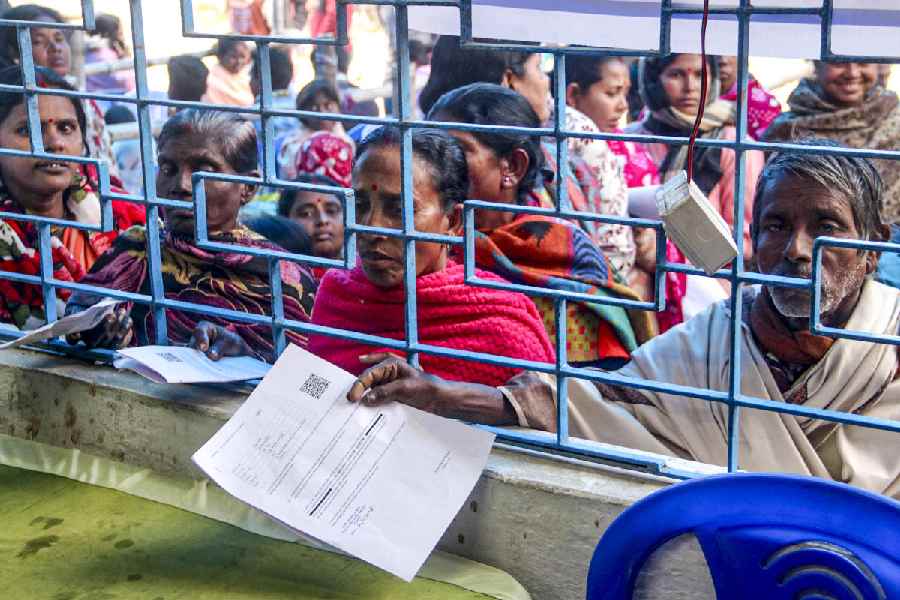Assam’s Ahom people, long known to be descendants of migrants from Thailand, have nearly lost their ancestral Southeast Asian genetic signatures through massive intermixing with local populations, a new study has revealed.
This contrasts with the way Parsis and Jews in India have retained their West Asian ancestry. All three populations moved into the subcontinent within the past 2,000 years.
“Parsis and Jews have preserved their homeland signatures — not the Ahoms,” said Gyaneshwer Chaubey, a professor and population geneticist at Banaras Hindu University, who has led studies on the genetic makeup and population history of all three groups.
Historical documents suggest that the Ahoms — also called Tai-Ahoms — arrived in India from Thailand and upper Burma (now Myanmar) over 800 years ago. They established a dynasty that reigned in present-day Assam for nearly 600 years, from AD 1228 to AD 1826.
Studies based on blood group analyses in the 1970s had hinted at a Southeast Asian ancestry for the Ahoms. Five years ago, a preliminary study on DNA from 22 living Tai-Ahom royal descendants showed an affinity with modern-day Thai populations.
In the new study, Chaubey and his colleagues analysed the genetic makeup of the Ahom people in finer detail than attempted earlier. They detected evidence that they say points to a small-scale migration followed by massive intermixing with the ancestors of today’s local populations in northeastern India.
“The genome data suggests a biological phenomenon where a small ancestral population loses most of (its) homeland ancestry due to excessive admixture with the locals,” the researchers have said in a study accepted for publication in the peer-reviewed scientific journal, Human Molecular Genetics.
The study found that the present-day Ahoms’ closest-related populations are the Khasis, Kusundas and Nyishis. The Khasis are an Australoasiatic population group with South Asian and Southeast Asian genetic ancestry; the Kusundas have the same genetic ancestry as the Khasis but are linguistically linked to Nepal; and Nyishis are an ethnic Tibeto-Burman group with South Asian ancestry.
Present-day Khasis live mostly in Meghalaya, Nyishis in Arunachal Pradesh and Kusundas in Nepal.
“The pattern of dominance of the Khasi, Kusunda and Nyishi signatures in the Ahom suggests excessive admixture with an even earlier common ancestral population from which these three distinct population groups emerged,” Chaubey said.
In 2016, Chaubey had shown through a similar population genetics study that India’s present-day Jews are the descendants of people who arrived in Cochin (Kochi) from West Asia in the 5th century, corroborating historical accounts.
A 2017 study on the ancestry of India’s Parsi population found that they are genetically closest to present-day Iranians, again authenticating through genetic analyses historical accounts of Parsis arriving in South Asia in the 7th century.
“But the Jews and Parsis practised endogamy — as did many contemporary population groups across the country,” Chaubey said. “We see no evidence for endogamy among ancestors of today’s Ahoms.”
Niraj Rai, an archaeogenetics specialist at the Birbal Sahni Institute of Palaeosciences, Lucknow, was co-leader of the study. The other collaborators were from Mangalore University, the Archaeological Survey of India, and the Deccan College, Pune.










